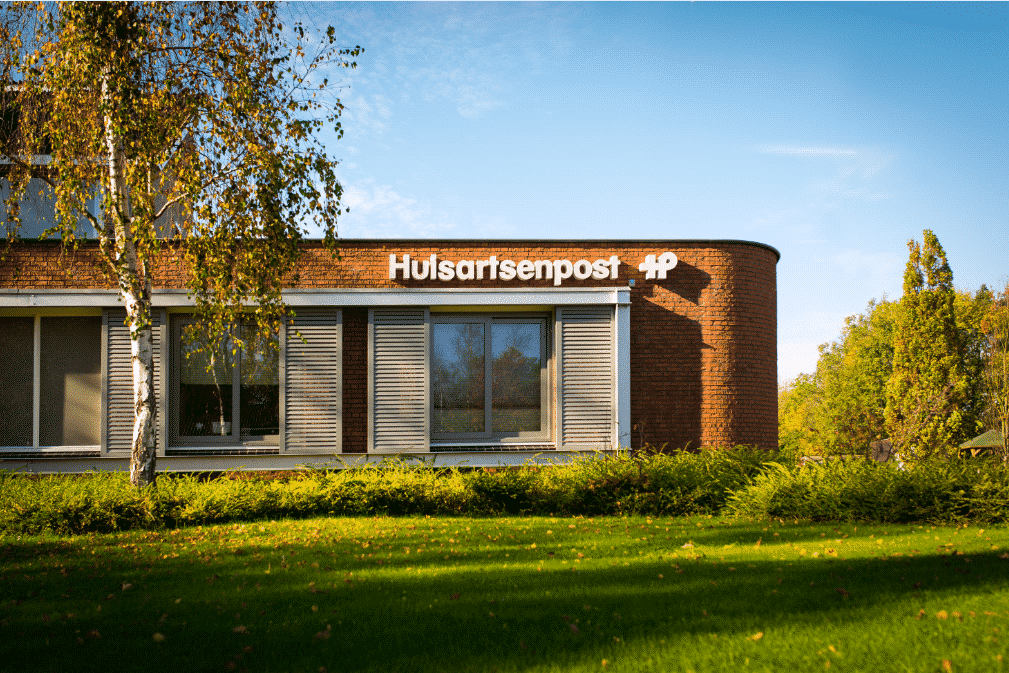
COVID-19 shelter De LIMES B.V. (also known as CSP)
13-09-2021 -by Gerben Welling – Director
For a year and a half, we have been dealing with ever-changing situations around COVID-19. From peaks in infections to central shelter 7×24. At the end of June this year, there was hope that we could close the CSP. But this was followed shortly afterwards by the well-known “Dancing with Janssen” peak. All in all, there are many uncertainties surrounding COVID-19 and not only uncertainties about this virus, but also uncertainties among patients who present with other complaints for which COVID-19 cannot be ruled out in triage. From the general practitioners affiliated with De LIMES B.V. we hear varying sounds. From ‘top organised’ to ‘it’s all too much and we can’t bear the extra shifts’. Like many other sectors in healthcare, we are tired and want to rest.
How we take care of COVID-19 suspected patients during ANW hours is a difficult puzzle. A puzzle that we have often worked on to see if we can stop with the separate building in Leiderdorp. At the moment, our buildings are hardly or not at all suitable for separating ‘dirty’ patients from ‘clean’ patients. In the Voorhout location, consultation room three can be used via a separate entrance, but there is no waiting room there (and patients therefore wait in the car without supervision). In Leiderdorp, patients have to go straight through the hospital, an undesirable situation. The number of suspected COVID-19 patients fluctuates, but there remains a fairly constant supply of 2-4 patients per hour in the evening. These are patients for whom the GP has to work in a protected environment. It is therefore incomparable to a day practice, where a non-emergency COVID-19 patient can be scheduled at the end of the day.
Because we have to work at two locations in Leiderdorp and the duration between the locations requires a relatively long time, we need more GP capacity than usual. From Monday to Thursday, we could compensate for this by scheduling the consultations more closely together, so that we can manage with fewer GPs. This will further increase the workload and is that desirable? Another option is to increase the number of services (two per GP on an annual basis). If the number of infections increases, the capacity will fall short again and adjustments will have to be made again. All in all, an uncertain situation. Guidelines and consultation from paediatricians, among others, do not make it possible to see seemingly low-suspect patients (children) on the clean HAP as standard. Partly with a view to our accountability to healthcare workers and other patients in the waiting room.
There seems to be room for improvement in the triage, which is often difficult. By means of video calling or in some other way, involve the directing physician in the need to present children in particular at the CSP. This could reduce the pressure. All things considered, we do not see any possibilities at this time to stop the extra services. Because just like in daily practice, we first have to find a way to deal with the continued presence of COVID-19. Whether or not patient flows are separated, whether or not there is protective clothing. Of course, we are also dependent on the national guidelines/advice.
We are well aware that in the time when it is very busy, this extra effort is heavy. We will therefore, where possible, call on observers and distribute the outstanding shifts proportionally among the Hagros so that the pain is distributed. Any idea to organize COVID-19 care differently is welcome. Feel free to contribute your idea.
(Update – Last weekend there were regularly 5-7 patients per hour with 1 GP not being enough on the CSP. At the moment, a general practitioner goes from the clean post in Leiderdorp to the CSP. As a result, it is a huge puzzle to see all patients on time and all locations have to be used in order to distribute the workload)
